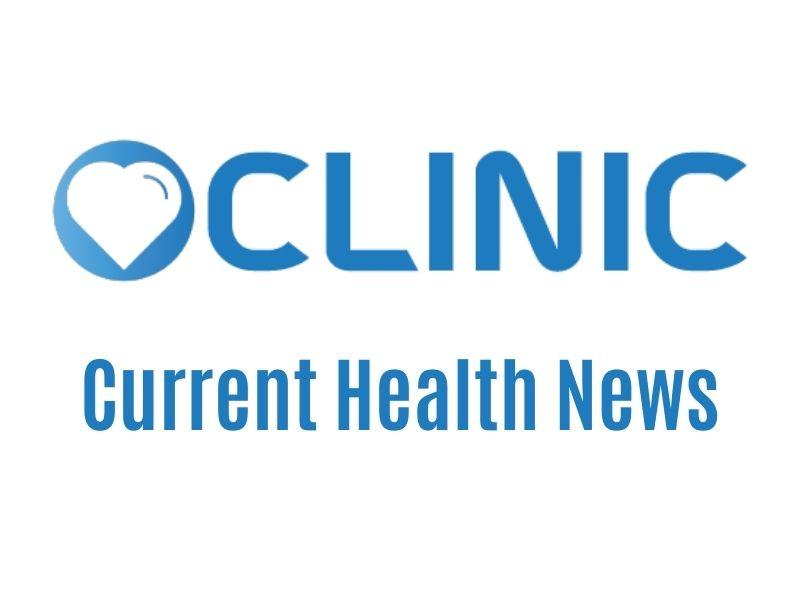He had come to the outpatient clinic a few months ago with complaints of weakness and swelling in his neck. He stated that his complaints had been for a few months, but he thought that it was due to a throat infection and used painkillers and antibiotics.
After listening closely to him, I examined him and noticed that he had a hard palpable nodule on his left side that did not move with swallowing, and several lymph nodes were swollen in his neck. Thereupon, I decided to look at their thyroid with the ultrasonography device I used in the clinic. The patient was only 23 years old. He had just graduated from university and was teaching kindergarten in a private school. In the thyroid ultrasonography, the thyroid gland was of normal size, but there was a nodule in the left lobe, the largest of which was 14*12*16 mm in size, with a thicker consistency and increased blood supply compared to the thyroid gland with irregular borders. I explained to the patient that the thyroid gland was functioning normally, and that although there was no goiter, ultrasound-guided needle biopsy should be performed on the nodule in the thyroid gland. At first, the patient was hesitant about the biopsy procedure, he was worried that there would be severe pain, and he said that he would decide after talking to his family. I explained that the procedure is a simple one and that he will inform and guide us about the nodule’s character. I suggested that the patient come to think about it for an hour. On the way back, the patient talked to his family and came back convinced when his mother told him that a similar biopsy had been taken from a friend of his before and that he survived the surgery because the result was good. We performed a biopsy from several parts of the nodule under ultrasound guidance. After the biopsy, there was no problem with the procedure in the ultrasound control, so we made an appointment for the patient to get the result 1 week later. When he came a week later, he stated that he had not been able to sleep for a week due to anxiety, and that he could not concentrate on his work.
The patient’s biopsy result was suspicious for papillary thyroid cancer. I told him that he needed an operation as soon as possible and sent it to an experienced thyroid surgeon I know. The patient had surgery 1 month later. His pathology had confirmed the diagnosis, now what would he do? He was very young, he wanted to have children, he was asking if this would be an obstacle. I told her that in addition to the surgery, we should give her atomic therapy for therapeutic purposes, that she could become pregnant after a certain period of time after the atomic therapy, and that she should use thyroid medication for life. I directed him to the nuclear medicine department for radioactive iodine treatment, I called him to check for drug adjustment after atom treatment. The patient came after 2 months after receiving atomic therapy. He said that oral thyroid medication was started after atomic therapy. I also stated that he should not delay his follow-ups for the rest of his life.
The patient does not fail to follow up for 5 years, we periodically perform hormone control, thyroid ultrasonography and body scan. He does not neglect to take his medication on an empty stomach every day. The patient had a very healthy, pleasant, and by the way healthy daughter. Thyroid cancer is a curable disease.
Asst. Assoc. Dr. Fevzi Balkan
Endocrinology and Metabolic Diseases Specialist

